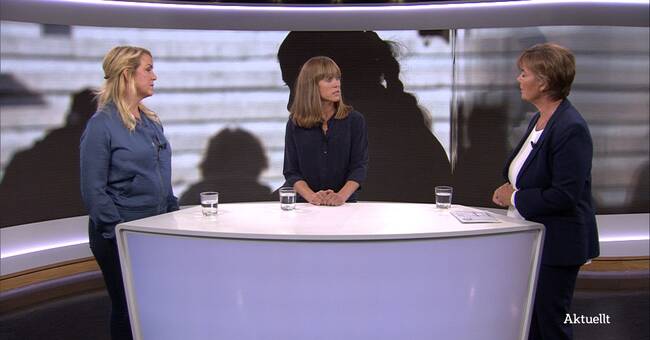Försäkringskassan has produced a new report on fatigue syndrome.
The report is the first of its kind and compiles how many have suffered from fatigue syndrome and burnout in Sweden during the years 2018 and 2019.
A clear majority of those affected are women.
In 2018 and 2019, 25,000 people were sick-listed for exhaustion and 19,500 of them were women.
One of those who has been hit twice is the comedian and author Karin Adelsköl.
Among other things, she lost her memory and suffered from mood swings.
- I crashed twice, but the last time was most serious exactly four years ago today.
I was out walking and suddenly it was like a white flash where everything disappeared and I did not know who I was or where I was somewhere, says Karin Adelsköld.
Four out of five are women
Among other things, she stopped working when it became too much.
- Because it was the second time, I made sure to stop working almost completely.
For example, I started yoga and everything.
I almost burned myself out of not burning myself out.
I did almost nothing about the inner stress.
According to the report, four out of five of those affected are women.
Elin Linsäter, a psychologist who works with stress-related treatment in primary care, shares the view that there is a clear majority of women among those who seek care for stress-related illness.
- Many studies show that more than 80 percent of those who apply are women.
About 40 years old is the average patient, often has children and family and a demanding profession, says Elin Lindsäter in Aktuellt.
There are different factors
There are several reasons why sick leave is now increasing, says Ulrik Lidvall, analyst at the Swedish Social Insurance Agency.
- What we have seen are partly different factors, social factors.
You are in the middle of life and have a large family and small children.
Then we also see that there are special occupational groups that are particularly vulnerable, says Ulrik Lidvall and continues:
- This applies, for example, to the contact professions in health and care and school.
The construction industry also stands out, such as architects, civil engineers, veterinarians and animal keepers.

